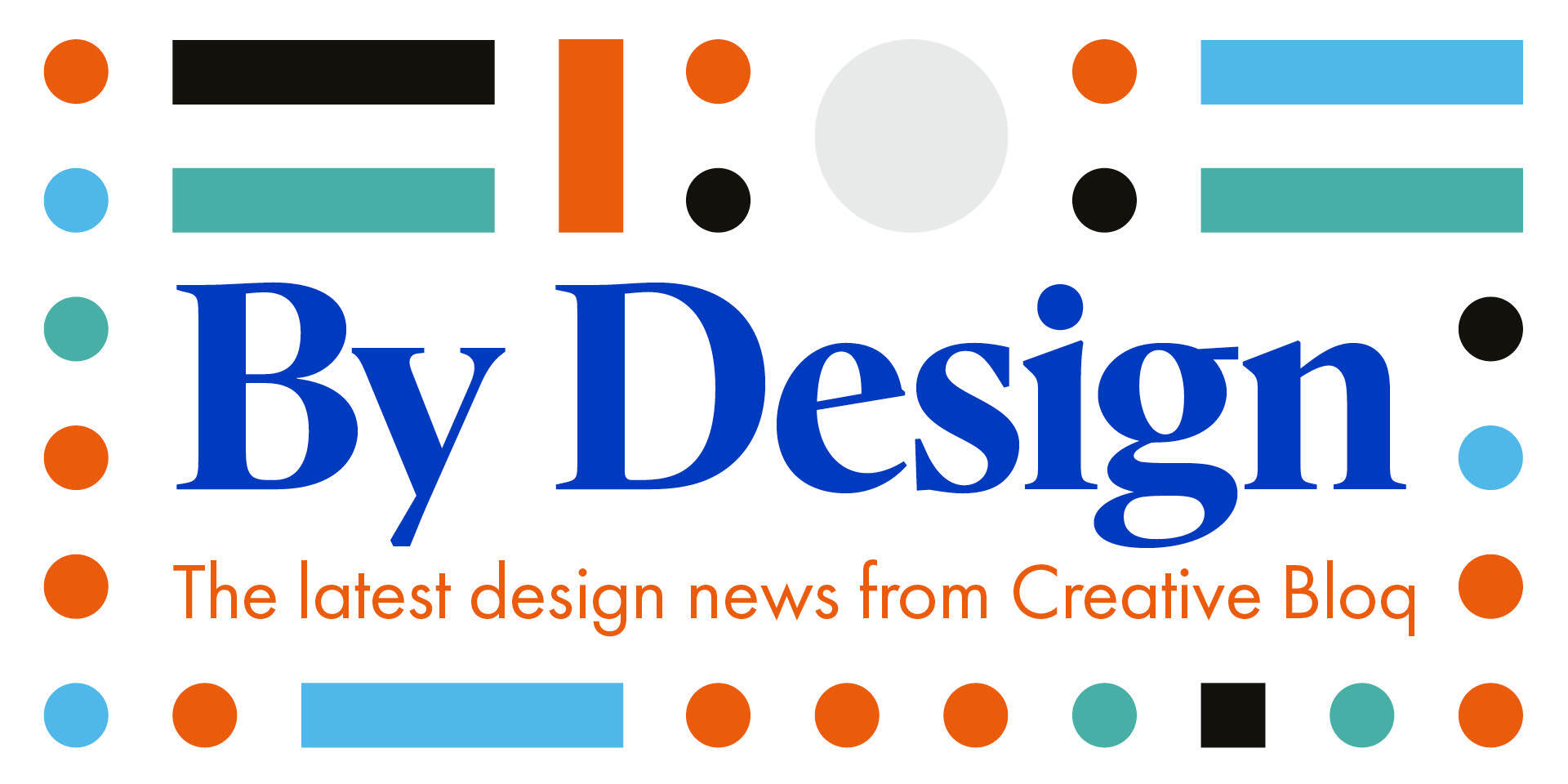Behind the scenes; The Microsoft 'Start Something' ads
For its biggest-ever advertising campaign, involving print and broadcast ads across 11 countries, Microsoft has enlisted some of the most cutting-edge motion graphics talent to help realise its dreams.
With its die-hard following and ber-cool corporate image, Apple has no problem in courting the massed ranks of graphic designers, musicians and other creatives. Microsoft, on the other hand, has often suffered from a slightly stuffy image. But the Redmond-based giant aims to redress the balance with its latest advertising campaign, which focuses on many of the creative aspects of Windows XP.
The huge campaign focuses on 13 creative themes covering education, science, music, sports, family and life management, gaming, photography, cooking, travel, entertainment, work, productivity and entrepreneurship. The aim is to run it for 15 months in 11 countries, and it will be delivered through TV, print and online ads.
According to Paul Randle, Microsoft's UK product manager, Microsoft's plan for the campaign was to, "move away from the technical language and take an entirely different approach - to look at people's passions and how they can be realised through the Windows operating system."
Design solution
For the broadcast adverts McCann Erickson, Microsoft's ad agency, came up with a concept and script that featured impassioned users talking about their interests on camera with a graphical representation of the ideas around them. They quickly realised that in order to illustrate these ideas they would need a raft of motion graphics and visual effects work. Eric McClellan, a freelance art director working for McCann Erickson, put the job out to tender and was deluged with responses from leading motion graphics houses.
New York and LA-based Stardust won the pitch and was commissioned to create the broadcast aspect of the campaign. Each advert was a challenge in its own right, so creating nine simultaneously was always going to be a mammoth undertaking.
Stardust designed three to four different style frames that would give the agency a flavour for the visual style they thought would be appropriate for each of the nine themes. From these frames McClellan chose the most suitable visual style to illustrate each of the passions. These still images would be the basis for the motion graphics artists.
The static style frames were so effective in illustrating the themes of each advert that Stardust was the given the job of creating the print aspect of the campaign in addition to the broadcast adverts.
Get the Creative Bloq Newsletter
Daily design news, reviews, how-tos and more, as picked by the editors.
The big challenge
For the "Trekker" spot, the challenge was to illustrate the theme of travel in an innovative way. McClellan was keen to get away from very literal representations and instead wanted an "other-worldly interpretation", says Eileen Doherty, Stardust's executive producer. Looking for inspiration, creative director Jake Banks found the work of Japanese illustrator Aya Kato (featured in Exposure, issue 108), which had a suitably ethereal quality. It was also ideal to illustrate a script that referenced trips to Shanghai and Hong Kong. Kato produced a single illustration that would serve as the style frame for that particular aspect of the campaign. Stardust's animators then used that visual style as the basis of a series of illustrations animated in After Effects as well as a number of integrated 3D elements created using Maya.
To give each individual spot its own unique look, Stardust used 2D animation and composition tools such as After Effects, and 3D packages such as Maya, Cinema 4D and 3ds max were all used extensively. Much of the work was completed by Stardust's creative team, but help was drafted in for some of the more unusual techniques, such as the painstaking traditional cell-drawn animation.
Doherty says that watching the teams working on such an open-ended and creative brief was awe inspiring: "Some days I'd just come into the office and be amazed by what I saw on people's screens. I'd just think, 'What must these guys' dreams be like?'"
But it wasn't all plain sailing, as Doherty explains: "We jumped in working on all nine spots at once, as well as the print campaign and other projects we had going on in our New York and LA offices. So co-ordinating some 40-plus animators and designers on all these projects was definitely challenging... but worth it in the end."
INFO: To view Stardust's work for Microsoft visit www.stardust.tv, or go to www.geocities.jp/b_ba_a0530/ for more info on Aya Kato.

Thank you for reading 5 articles this month* Join now for unlimited access
Enjoy your first month for just £1 / $1 / €1
*Read 5 free articles per month without a subscription

Join now for unlimited access
Try first month for just £1 / $1 / €1
The Creative Bloq team is made up of a group of design fans, and has changed and evolved since Creative Bloq began back in 2012. The current website team consists of eight full-time members of staff: Editor Georgia Coggan, Deputy Editor Rosie Hilder, Ecommerce Editor Beren Neale, Senior News Editor Daniel Piper, Editor, Digital Art and 3D Ian Dean, Tech Reviews Editor Erlingur Einarsson, Ecommerce Writer Beth Nicholls and Staff Writer Natalie Fear, as well as a roster of freelancers from around the world. The ImagineFX magazine team also pitch in, ensuring that content from leading digital art publication ImagineFX is represented on Creative Bloq.
